 Along with Frau Meier und ihr Briefträger, biblical and theological PhD hopefuls know well Helmut Ziefle’s Modern Theological German: A Reader and Dictionary. Ziefle’s work provides a natural segue from acquiring the language through grammars such as April Wilson’s Learn German Quickly or Hubert Jannach and Richard Alan Korb’s German for Reading Knowledge to the rudimentary ability to translate a passage. What better way to develop a biblical or theological student’s ability to read German than introducing her to familiar excerpts from the Bible and famous theologians? Ziefle’s reader does just that.
Along with Frau Meier und ihr Briefträger, biblical and theological PhD hopefuls know well Helmut Ziefle’s Modern Theological German: A Reader and Dictionary. Ziefle’s work provides a natural segue from acquiring the language through grammars such as April Wilson’s Learn German Quickly or Hubert Jannach and Richard Alan Korb’s German for Reading Knowledge to the rudimentary ability to translate a passage. What better way to develop a biblical or theological student’s ability to read German than introducing her to familiar excerpts from the Bible and famous theologians? Ziefle’s reader does just that.
As a reader, Modern Theological German curates individual texts and supplies novice readers with definitions to terms or idiomatic phrases they have yet to encounter. At the conclusion of each excerpt, Ziefle tests the translator’s reading comprehension and understanding of grammar with multiple choice questions and sentence translations. Included in the back of the volume is an answer key for all the exercises as well as a dictionary for reference.
The reader, dictionary, and answer key make this one of the friendliest tools available to students of theological German. But in my own studies, I’ve found that owning this resource in Logos Bible Software can make it more accessible for the following reasons.
First, I’ve found that a regular study schedule is crucial for obtaining and maintaining a new language. Weekly, if not daily time spent translating and reviewing vocabulary is imperative. And with Logos, I can create a reading plan for Modern Theological German that will sync with my calendar and remind me to start the next lesson. (You can access my reading plan by joining the Faithlife group Modern Theological German.)

If you don’t like to clutter up your calendar, you don’t have to use the “export to iCal” option. Instead, check the Logos homepage once you’ve created the reading plan and simply click on your next reading.

Once clicked, Logos will open the resource to precisely the scheduled reading and indicates where to start and stop.

With a schedule in place, I can get to work. But one thing I throughly dislike about working with print copies of a language grammar, reader, or workbook is the constant flipping. Flip to the back to check the dictionary. Flip back to the spot I’m working on. Then check my answers in the back of the book.
But with Logos, I can open multiple copies of the same book, which means I can have the reader, dictionary, and answer key open all at once.

To do something similar with the paper copy of Modern Theological German, you would have to rip the book up into three separate parts, lay them side by side, and hope you don’t lose any pages in the meantime.
And the last thing that I love about using Modern Theological German in Logos is the “Send Hyperlinks Here” feature.

When enabled, double-clicking a word within the reader will tell Logos to look first in that dictionary before going any where else in the software.
Over the past week, I’ve been able to hone my ability to translate German with this tool without the frustration of missing a scheduled reading or the repetitive and time wasting tradition of keeping my place as I flip back and forth, back and forth within the volume.
If you’re a biblical or theological student learning German for a PhD program—or just because German is an essential language for serious biblical and theological research—this is an excellent resource that will strengthen what you have learned and give you confidence in your studies.


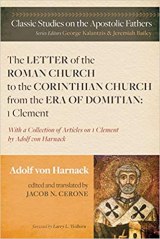
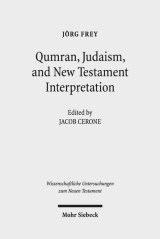
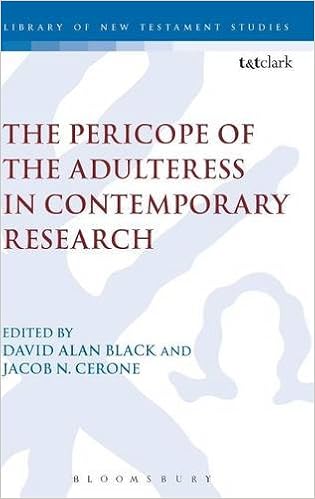

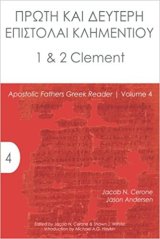
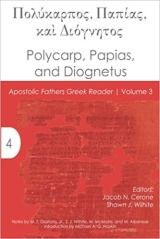
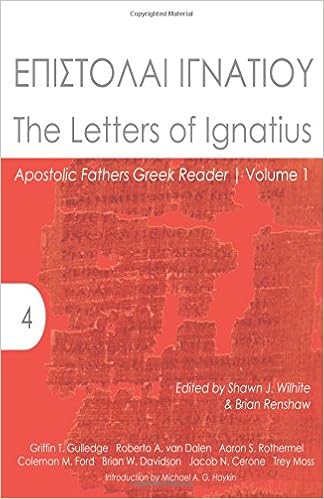
Reblogged this on Talmidimblogging.
Pingback: A Better Way to Read German